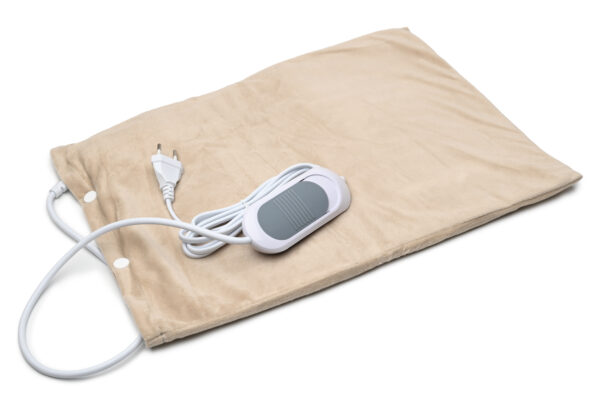What is toasted skin syndrome? : Inside Children’s Blog

If you’ve ever worked with a computer propped on your lap, you may have noticed the tops of your thighs getting a little toasty from the heat emitted by your laptop. While doing this occasionally won’t cause long-term damage, chronically exposing your skin to heat sources can lead to a condition called toasted skin syndrome.
According to Dr. Daniel Grove, pediatric dermatologist, toasted skin syndrome is the non-medical term used to describe the medical diagnosis of Erythema Ab Igne (EAI) which can lead to symptoms like skin discoloration, itching and burning.
“EAI results from chronic exposure to low level heat. The chronic heat exposure causes damage to the skin resulting in a red (acute form) or brown (chronic form) lacy net-like patterned rash,” said Dr. Grove.
“Historically, EAI was caused by crowding around household heating devices such as wood burning stoves. But modern causes of EAI are different,” he added.
Common causes include:
- Using your thighs to prop up a laptop computer.
- Prolonged use of seat heaters in cars.
- Chronic use of heating pads, heated blankets and hot water bottles.
- Space heaters.
“People at highest risk of toasted skin syndrome are those who chronically expose themselves to heated devices,” said Dr. Grove. “This includes people who use heating pads or blankets daily for chronic pain, use space heaters under their desks daily, or those who place laptops on their skin/clothing for extended periods. EAI can also occur in certain trades that require chronic heat exposure, like glass blowing.”

Prolonged exposure to heat sources can lead to changes in the skin’s superficial blood vessels, cells and fibers, creating hyperpigmentation or discoloration. With changes to the skin cells, other problems can occur.
“EAI has been linked with skin cancer,” said Dr. Grove. “Chronic heat exposure causes cumulative epidermal damage, which increases the long-term risk of squamous cell skin cancer or Merkel cell carcinoma. Fortunately, the malignancy risk is very low.”
While children are at higher risk for toasted skin syndrome because their skin is often more sensitive than an adult’s, it can happen at any age.
“The most important treatment is early recognition and removal of the heat exposure. If diagnosed early enough, the hyperpigmentation may resolve with time,” says Dr. Grove.
Your physician can prescribe a topical cream to help calm inflammation if you are showing signs of toasted skin syndrome. However, preventing it in the first place is always preferred.
“Separate your skin from the heat source by using a pillow or laptop pad under your computer,” said Dr. Grove. “For people who use heating pads for chronic pain, I recommend speaking with their physician to discuss other treatments options.”
Here are some tips for using personal heating devices correctly and safely:
- Use the lowest heat setting.
- Avoid prolonged exposure by setting timers on space heaters and heating pads to have them automatically shut off after a certain period of time.
- Keep space heaters at least 2 feet or more away from your skin and rotate where the heat hits your body.
- When using heating pads and blankets, make sure there is a clothing barrier between the heat source and your skin. Never placed heat sources directly on bare skin.
Any changes to your skin, regardless of whether it was caused by a heat source, should be discussed with your health care provider. For more information about skin conditions treated by the pediatric dermatologists at Akron Children’s Hospital, visit akronchildrens.org.






